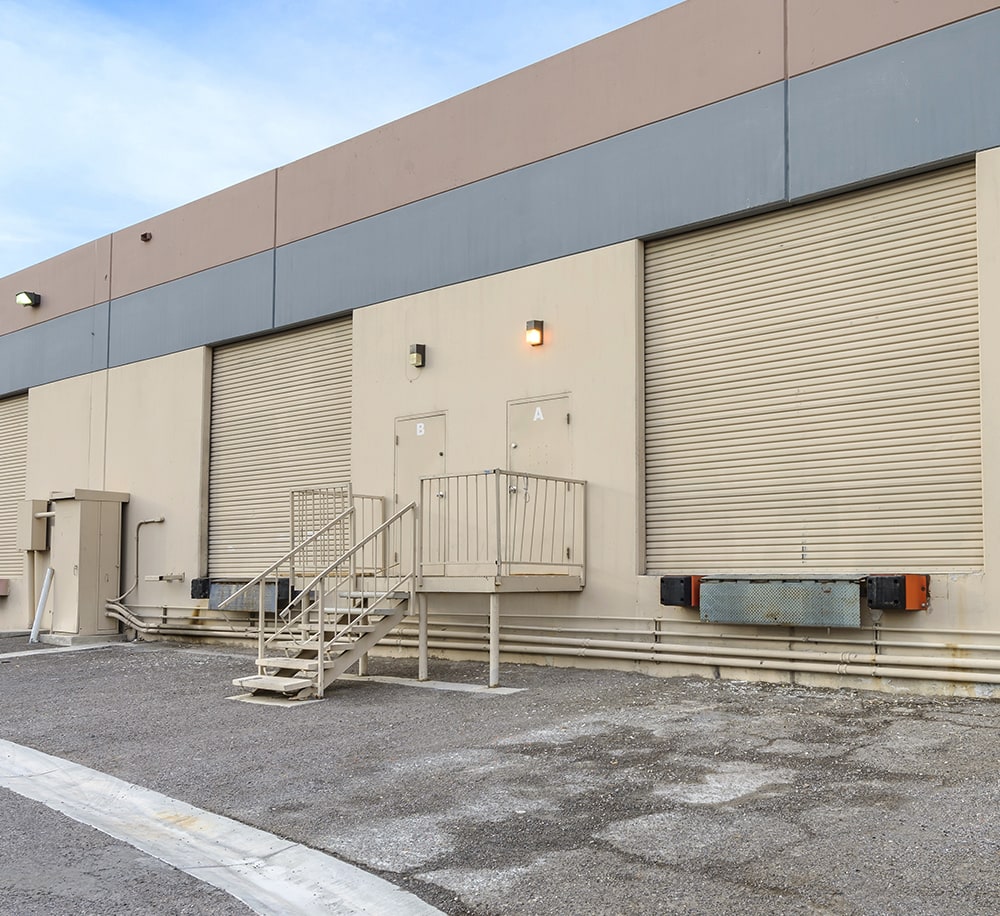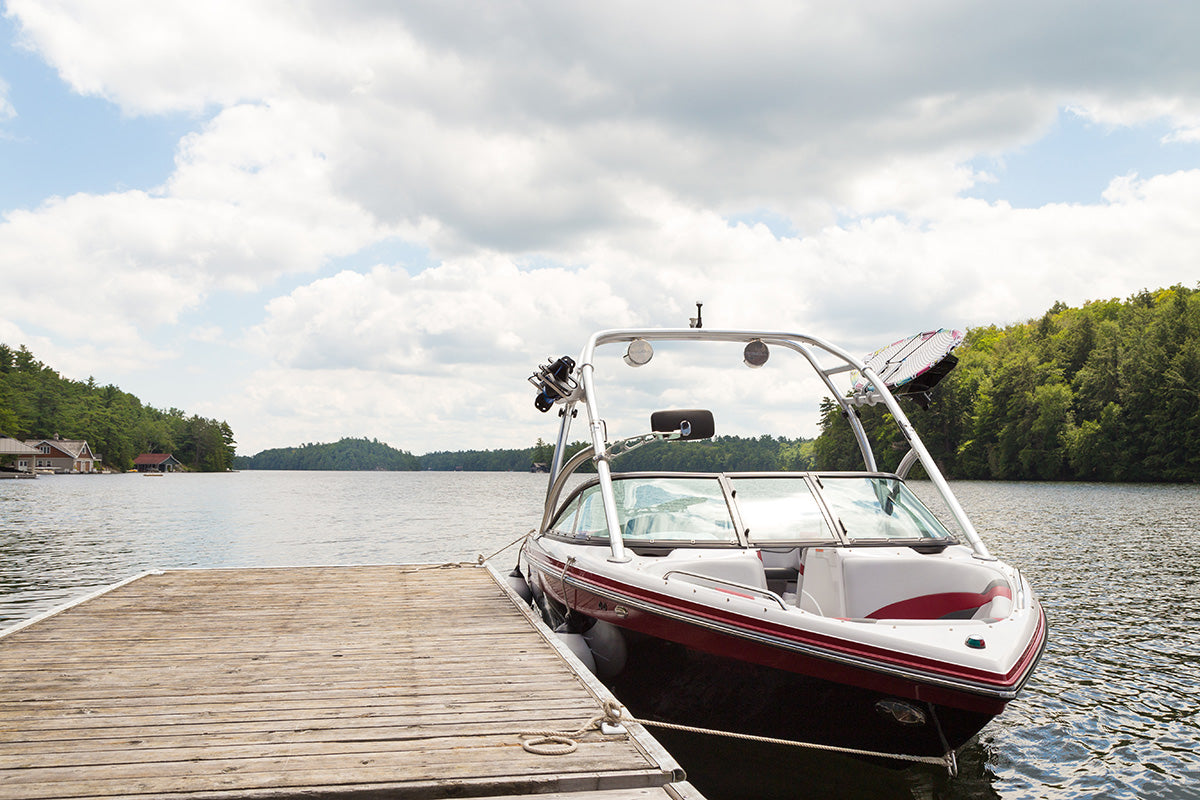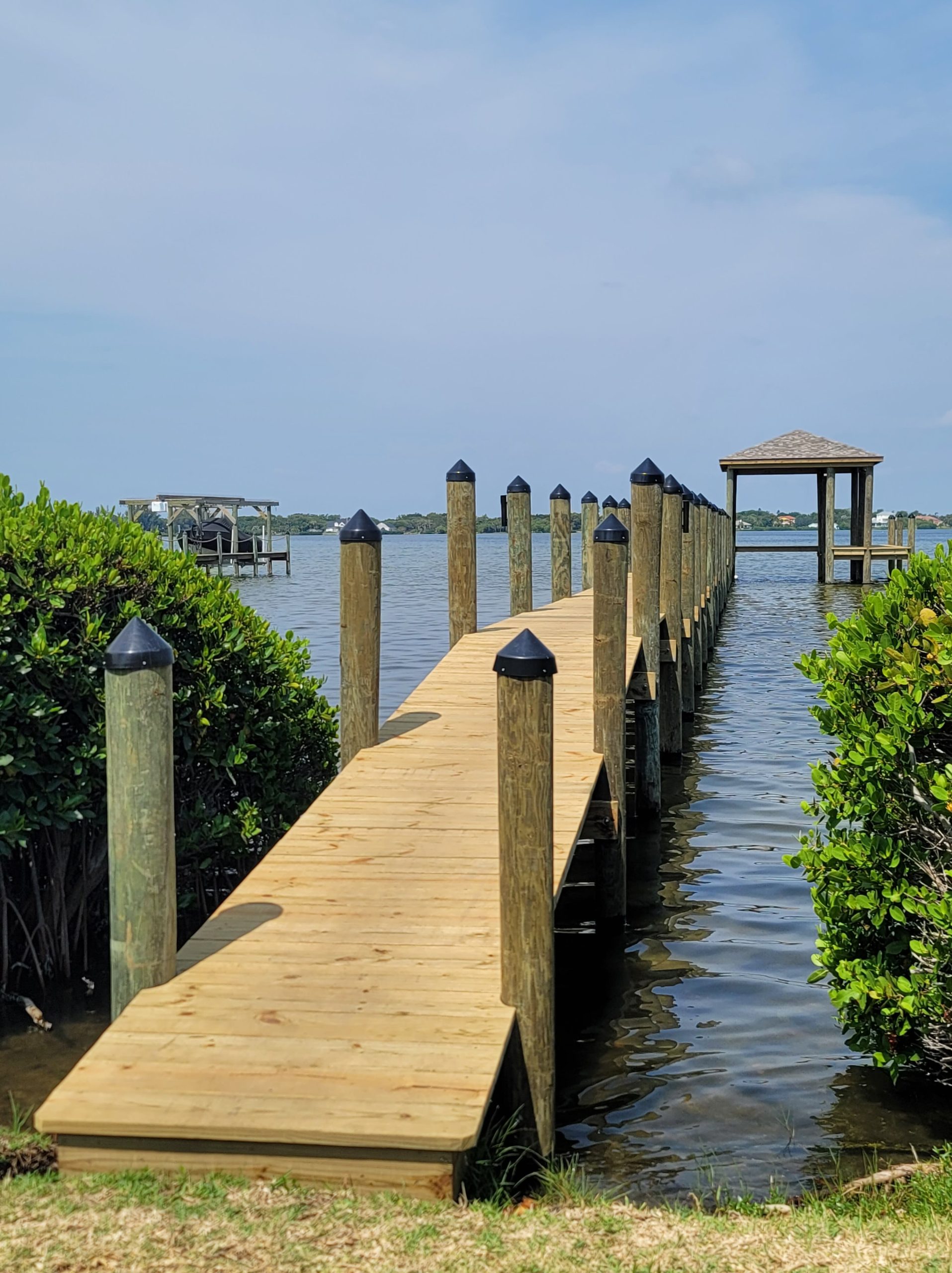Effective Dock Repair Work Techniques: Guaranteeing Structural Stability
Making sure the architectural stability of docks through effective repair techniques is extremely important for the long life and safety of aquatic centers. This includes a multi-faceted method starting with comprehensive inspections making use of sophisticated innovations like sonar equipment and from another location ran cars (ROVs) to spot both noticeable and hid damages. Subsequently, choosing the appropriate repair service materials, such as corrosion-resistant alloys and composite materials, is vital for sturdiness. Structural support techniques, including the execution of cross-bracing systems and load-distribution plates, play a crucial function in mitigating stress factors. However, the importance of these techniques comes to be obvious when exploring innovative repair work approaches and preventative maintenance strategies.
Evaluating Dock Damages
Analyzing dock damages is an essential initial action in making certain the architectural integrity and safety of any docking facility. Trick facets to check out consist of the dock's structure, pilings, outdoor decking, and hardware (Dock Repairs).
Structural engineers or qualified assessors typically perform these analyses making use of specialized devices and methods. As an example, undersea inspections could use sonar devices or from another location ran automobiles (ROVs) to discover submerged damage. Above water, aesthetic examinations are enhanced by utilizing wetness meters and various other analysis tools to reveal underlying problems not instantly noticeable to the nude eye.

Choosing Repair Work Materials
Choosing the ideal fixing materials is a pivotal action in the dock remediation process, one that straight affects the long life and efficiency of the fixed framework. Product choice need to be driven by aspects such as ecological conditions, load-bearing needs, and compatibility with existing dock parts. Wood is a conventional choice for docks due to its all-natural strength and visual charm. Choosing the best type of wood, such as pressure-treated lumber or normally rot-resistant types like cedar or teak wood, is important to stand up to water settings.
In addition to timber, composite materials are significantly prominent due to their longevity and low upkeep demands. Compounds, normally made from a blend of plastic and timber fibers, use outstanding resistance to rot, pests, and UV damage. For metal anchors, choosing corrosion-resistant alloys such as galvanized steel or marine-grade light weight aluminum is vital to protect against rust and make certain structural honesty in saline water conditions.
Epoxy resins and marine-grade sealants are crucial for repairing fractures and securing joints, providing a water resistant obstacle and boosting the dock's overall stamina. By thoroughly picking top quality materials, dock repairs can achieve lasting outcomes, thereby protecting against future deterioration and making certain safe, reputable usage.
Architectural Support Techniques
Effective architectural reinforcement strategies are critical in ensuring the security and long life of dock repair services. This technique is particularly reliable for anchors subjected to heavy tons or severe environmental problems.
One more vital technique is the application of fiber-reinforced polymers (FRP) These products use high strength-to-weight ratios and excellent resistance to deterioration, making them suitable for strengthening concrete or wood anchors. FRP can be applied in sheets or strips and bound with epoxy resins to boost structural integrity.
Supporting and anchoring systems additionally play a crucial duty in structural support. Cross-bracing, utilizing metal or wood beams, can neutralize lateral pressures, decreasing swaying and activity. Anchoring systems, such as helical piers or driven heaps, offer a secure foundation by moving loads to much deeper, much more secure soil layers.
Last but not least, the combination of load-distribution plates can aid distribute weight extra uniformly throughout the dock's surface, alleviating localized anxiety factors. These methods jointly guarantee that anchors remain durable and safe, capable of standing up to the roughness of their functional environment.
Advanced Repair Service Approaches

An additional sophisticated strategy includes underwater welding, which enables for repair services to be performed without the requirement to dewater the location. This approach is especially useful for attending to architectural concerns in immersed dock elements, making sure very little interruption to operations. Enhanced welding strategies, paired with robot systems, provide precision and reliability, therefore expanding the life expectancy of the dock.
Furthermore, cathodic protection systems are implemented to stop deterioration in metal dock structures. By making use of sacrificial anodes or satisfied current systems, these strategies properly reduce the electrochemical procedures that bring about product deterioration.
Lastly, advanced surveillance technologies, such as architectural health surveillance (SHM) systems, offer real-time data on the problem of dock structures. These systems enable aggressive upkeep and timely interventions, inevitably making sure the long-lasting structural stability of the dock.
Upkeep and Avoidance
Maintenance and prevention are basic principles that underpin the long life and safety and security of dock frameworks. Regular assessments are paramount, permitting very early detection of deterioration, possible weak points, and environmental effects. A proactive technique, click for more entailing routine look for rust, rot, and architectural shifts, reduces pricey repair services and extends the dock's functional life.
Preventative measures must include using safety coatings to steel elements to defend against rust and utilizing treated timber to withstand degeneration. view it now Additionally, guaranteeing appropriate drainage and air flow can avoid water accumulation, which is a typical reason for structural degradation. Integrating high quality products and sticking to maker guidelines throughout building and repair work phases also play critical roles in improving sturdiness.

Educating employees in dock maintenance best techniques guarantees constant application of safety nets. Leveraging technical advancements, such as drones for inspections and sensing units for real-time tracking, can even more boost maintenance initiatives. By focusing on upkeep and prevention, dock proprietors can make sure structural stability, operational security, and economical monitoring over the dock's lifespan.
Conclusion
To conclude, keeping the structural integrity of marine centers necessitates comprehensive dock repair work methods. Detailed evaluations making use of sophisticated tools reveal both noticeable and hid problems, while the option of ideal repair service materials improves durability. Applying architectural support methods addresses stress points successfully. Advanced repair work techniques, combined with regular maintenance practices, ensure the dock continues to be risk-free and operational under varied ecological conditions. Adopting these techniques substantially prolongs the life-span and performance of marine facilities.
Making sure the structural stability of docks with reliable repair service methods is critical for the long life and safety of marine centers.Selecting the ideal repair service products is a pivotal action in the dock reconstruction process, one that directly why not try here affects the long life and performance of the repaired structure.Efficient structural reinforcement methods are important in making certain the stability and longevity of dock repair work. By prioritizing maintenance and avoidance, dock proprietors can make sure structural honesty, functional security, and economical administration over the dock's lifespan.
In final thought, preserving the structural integrity of aquatic centers requires comprehensive dock repair methods.